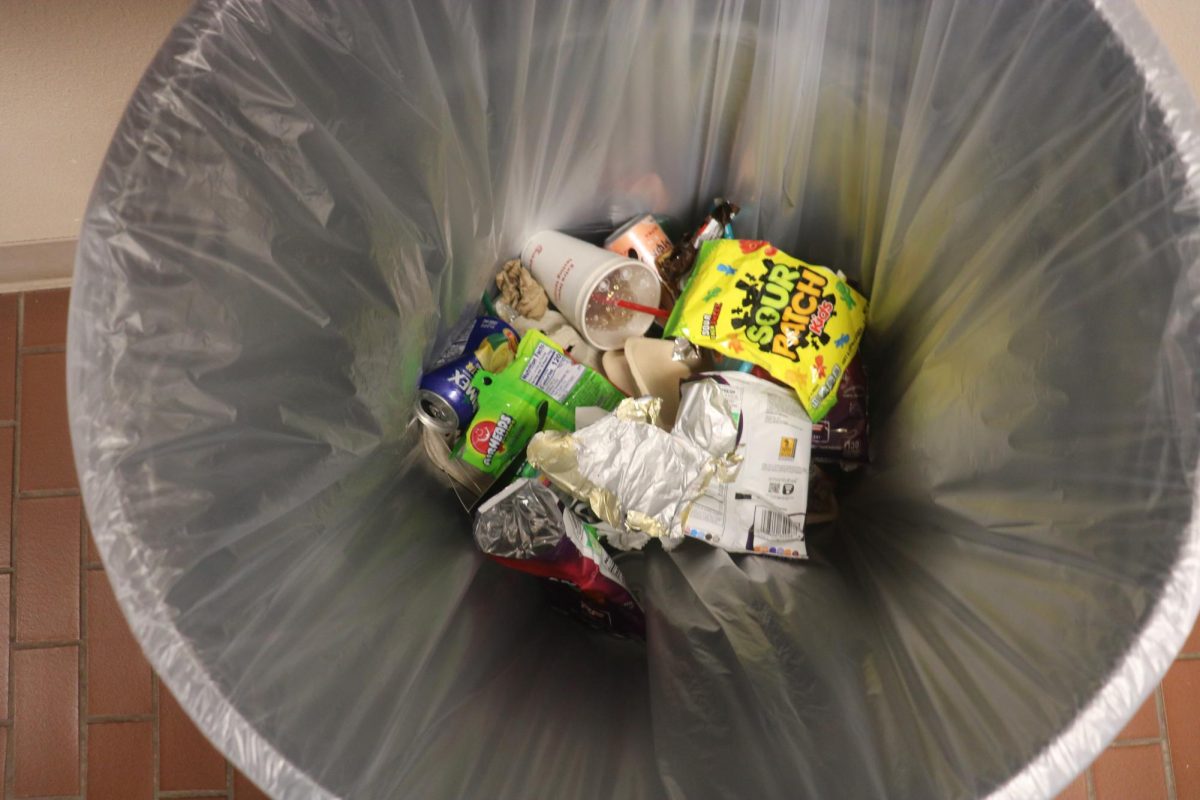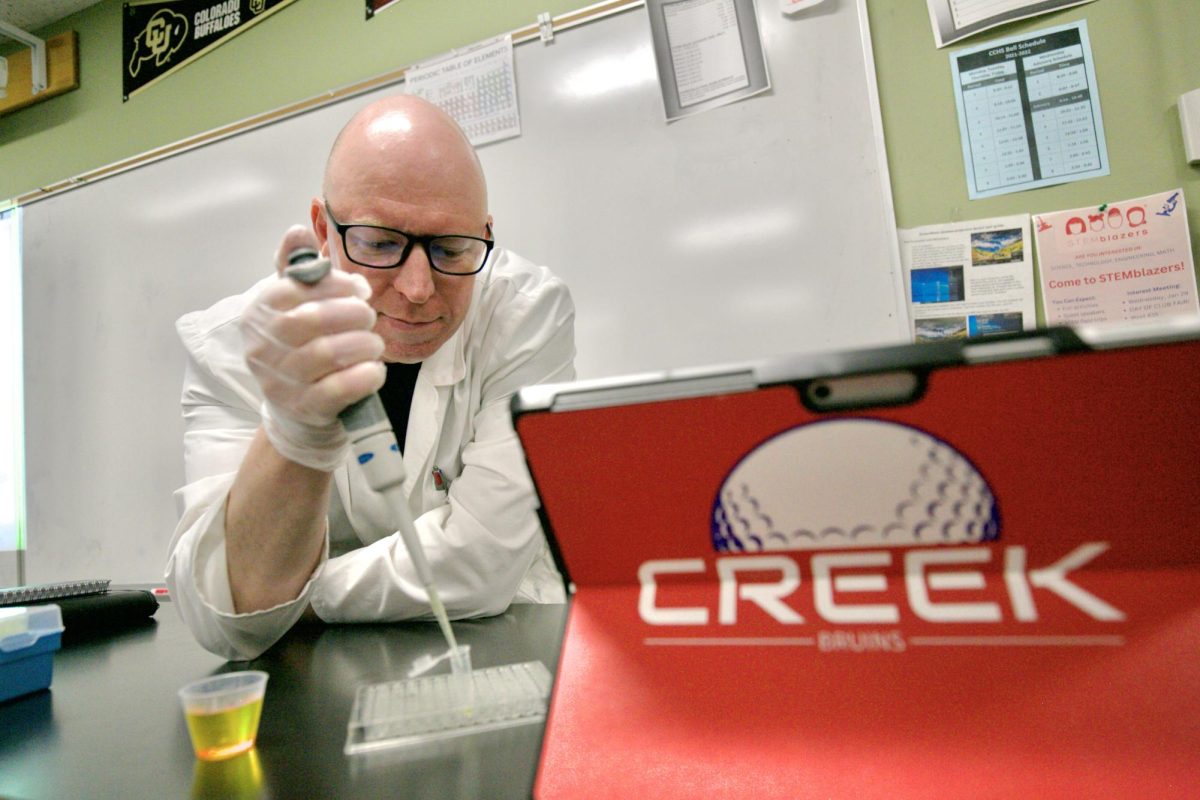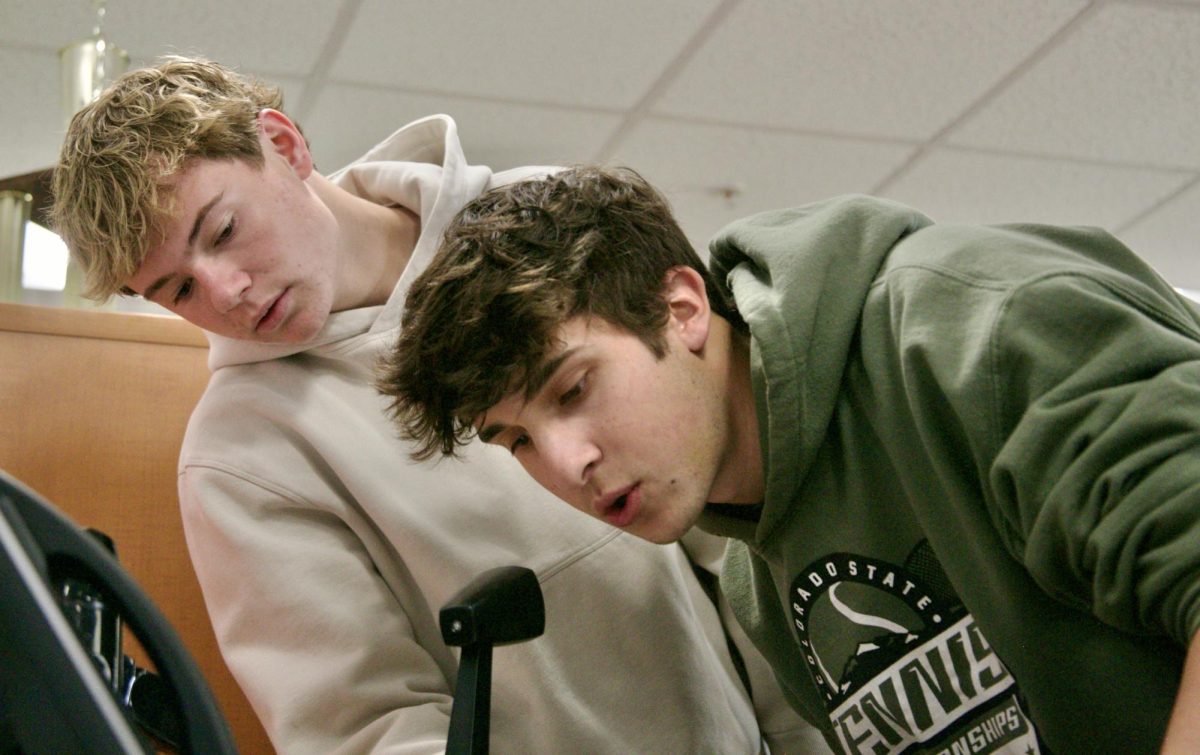Creek’s lunch staff gives out lots of food to kids, around 680 meals daily to be exact. But what do they do with the leftover lunch that the students waste every day?
A lot of the time, the food is wasted. Since Creek has so many students to serve lunch to, they provide many different meal options daily.
“We receive Domino’s that we can only serve that day, so afterward it has to be tossed,” lunch staff manager Kylee Kim said.
Creek, like all district schools, gets reimbursed by the CCSD for all of the money spent on student lunches.
Lunch staff has started to take the problem of food waste step by step with tiny things. But the average family wastes so much per week that it starts to build up.
“The average Denver individual throws away approximately 4.2 pounds of food per week, 3.2 pounds of which are theoretically edible,” an NRDC report said
Things like this build up and up for the national percentage of food waste. This seems little to a state like Colorado, but Denver is just a tiny part of the food waste crisis. “Up to 40 percent of all food in the United States is wasted. Food waste costs the US $408 billion each year,” an NRDC report said
The food waste solutions have been brainstormed all over the world. The CCSD has spent money on food every day and has a great staff that has been doing little things to stop it. But the lunch staff have adapted to try to reduce waste at lunchtime. With things like how they go over unused food to see what they can reuse.
“Any heated food is thrown away and fruit and vegetables are kept for three days,” Kim said.
To pick up a free lunch at Creek, students have to grab either a vegetable or fruit with a slice of pizza. However, most students don’t even eat the fruit and just focus on the main course. The requirement of choosing a fruit or vegetable to receive free lunch is wasteful, why do they make students grab a vegetable or fruit when they won’t eat it?
“If it’s going to be something that is under the federally funded program, it would have to be a balanced diet,” Principal Ryan Silva said.
There are ways to fix the food waste problem and save money for other problems in the school, and the lunch staff is working hard to reduce the amount of food being thrown away every day.
“I plan different amounts of pizza delivered every day, depending on what our main entree is,” Kim said.
Many kids like to eat school lunch outside, and when they do, the custodians see how much of it is laid out. Food waste isn’t just thrown away, many students leave it on the ground or litter instead of using Creek’s many trash cans. All types of foods are wasted, not just fruits and vegetables or the hot food lunch staff is required to trash.
“Food waste is all over. Probably what I noticed most is milk,” Silva said.
Creek’s lunch staff has adapted to the decreased food waste over the years by starting to check the quantity of food before tossing it, or confirming that students have enough money to buy the meal before serving it.
“At the beginning of the school year, there was a lot more waste, but we decided to start having the child check their account before they ask for more food. That way, we don’t waste it,” Kim said.
All these things make a huge impact on food waste at Creek because having these practices makes it easier to know what percent eats all the food given to them and who doesn’t. Step by step, food waste won’t be as big of a problem as it is now in future years.








